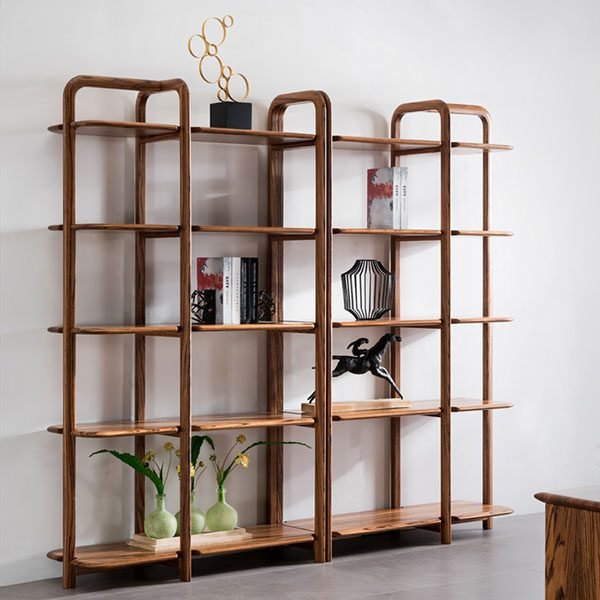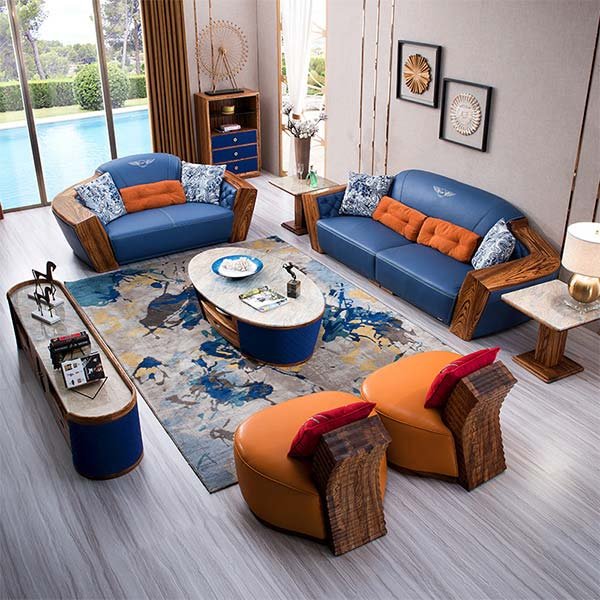“Preserving the Past, One Piece at a Time”
Preservation: How wooden furniture can help in preserving the historical integrity of a home
Wooden furniture plays a crucial role in restoring and preserving the historical integrity of homes. It not only adds a touch of elegance and charm but also helps to maintain the authenticity of the space. In this article, we will explore the significance of wooden furniture in preserving historic homes.
One of the main reasons why wooden furniture is essential for preserving the historical integrity of a home is its timeless appeal. Wood has been used for centuries in furniture making, and its natural beauty and durability have stood the test of time. By incorporating wooden furniture into a historic home, it helps to maintain the original aesthetic and ambiance of the space.
Moreover, wooden furniture is often crafted using traditional techniques and designs that were popular during the time period in which the home was built. This attention to detail ensures that the furniture seamlessly blends with the overall architectural style of the house. Whether it is a Victorian-era mansion or a colonial-style farmhouse, wooden furniture can be customized to match the specific historical period.
In addition to its aesthetic value, wooden furniture also contributes to the preservation of historic homes by providing functional and practical solutions. Many historic homes have unique architectural features and layouts that require custom-made furniture to fit perfectly into the space. Wooden furniture can be designed and crafted to meet these specific requirements, ensuring that every piece complements the overall design and layout of the home.
Furthermore, wooden furniture is known for its longevity and durability. Unlike modern furniture made from synthetic materials, wooden furniture can withstand the test of time and retain its beauty for generations. This durability is especially important in preserving historic homes, as it reduces the need for frequent replacements and repairs.
Another significant aspect of wooden furniture in preserving historic homes is its eco-friendliness. Wood is a renewable resource, and when sourced responsibly, it has a minimal impact on the environment. By choosing wooden furniture over mass-produced, synthetic alternatives, homeowners can contribute to sustainable living and reduce their carbon footprint.
In conclusion, wooden furniture plays a vital role in restoring and preserving the historical integrity of homes. Its timeless appeal, attention to detail, and functional qualities make it an ideal choice for historic properties. By incorporating wooden furniture into a historic home, homeowners can maintain the authenticity and charm of the space while also contributing to sustainable living. So, if you are restoring a historic home, consider investing in wooden furniture to enhance its beauty and preserve its historical significance.
Restoration techniques: Exploring different methods of restoring wooden furniture to its original glory
Restoration techniques: Exploring different methods of restoring wooden furniture to its original glory.
Wooden furniture holds a special place in the hearts of many homeowners, especially those who live in historic homes. These pieces not only add a touch of elegance and charm to any space, but they also carry with them a sense of history and tradition. However, over time, wooden furniture can become worn, damaged, or lose its original luster. That’s where restoration techniques come into play, allowing homeowners to bring these cherished pieces back to their former glory.
One of the most common methods of restoring wooden furniture is through refinishing. This process involves stripping off the old finish, sanding down the surface, and applying a new coat of stain or paint. Refinishing not only helps to remove any scratches or blemishes on the surface but also allows homeowners to change the color or finish of the piece to better suit their personal style or the overall aesthetic of their home.
Another technique used in the restoration of wooden furniture is called reupholstering. This method is particularly useful for pieces that have upholstered seats or cushions. Over time, the fabric or padding on these pieces can become worn, torn, or stained. Reupholstering involves removing the old fabric and padding and replacing it with new materials. This not only restores the comfort and functionality of the piece but also allows homeowners to update the look and feel of the furniture by choosing new fabrics or patterns.
In some cases, wooden furniture may require more extensive restoration, especially if it has suffered significant damage or decay. This is where the expertise of a professional restorer comes into play. These skilled craftsmen have the knowledge and experience to repair and restore even the most damaged pieces. They can replace missing or broken parts, repair structural damage, and match the original finish or patina of the piece. Professional restoration ensures that the integrity and authenticity of the furniture are preserved while bringing it back to its original beauty.
It’s important to note that not all restoration techniques are suitable for every piece of wooden furniture. The choice of method depends on factors such as the age, condition, and type of wood used in the piece. For example, antique furniture requires a more delicate approach to ensure that its historical value is not compromised. In such cases, conservation techniques may be employed, which focus on preserving the original materials and finishes as much as possible.
In conclusion, the restoration of wooden furniture plays a crucial role in preserving the history and beauty of historic homes. Whether through refinishing, reupholstering, or professional restoration, these techniques allow homeowners to breathe new life into their cherished pieces. By carefully selecting the appropriate method and working with skilled craftsmen, homeowners can ensure that their wooden furniture remains a testament to the past while adding warmth and character to their homes. So, if you have a piece of wooden furniture that has seen better days, consider exploring the various restoration techniques available and give it the chance to shine once again.
Design inspiration: Showcasing unique and creative ways to incorporate wooden furniture into the overall design of a historic home
The Role of Wooden Furniture in Restoring Historic Homes: Insight
Design inspiration: Showcasing unique and creative ways to incorporate wooden furniture into the overall design of a historic home.
Wooden furniture has always played a significant role in the restoration of historic homes. Its timeless beauty and durability make it a perfect choice for homeowners looking to preserve the authenticity and charm of their historical properties. In this article, we will explore the various ways in which wooden furniture can be incorporated into the overall design of a historic home, adding character and elegance to the space.
One of the most common ways to incorporate wooden furniture into a historic home is by using it as a focal point in the room. A beautifully crafted wooden dining table, for example, can become the centerpiece of a dining room, instantly capturing the attention of anyone who enters the space. Paired with antique chairs and a vintage chandelier, the wooden table creates a sense of nostalgia and elegance, transporting the occupants back in time.
In addition to being a focal point, wooden furniture can also be used to create a cohesive design throughout the home. By choosing pieces that complement each other in terms of style and finish, homeowners can create a harmonious and visually appealing space. For instance, a wooden bed frame in the master bedroom can be paired with a matching dresser and nightstands, creating a cohesive and inviting atmosphere.
Furthermore, wooden furniture can be used to highlight architectural features in a historic home. For example, a beautifully carved wooden bookshelf can be placed next to a fireplace, drawing attention to the intricate details of both the furniture and the fireplace. This not only adds visual interest to the space but also emphasizes the historical significance of the home.
Another creative way to incorporate wooden furniture into a historic home is by repurposing antique pieces. Old wooden doors can be transformed into unique coffee tables, while vintage wooden crates can be used as storage units or display shelves. These repurposed pieces not only add a touch of history to the space but also serve as conversation starters, allowing homeowners to share the stories behind each piece.
In terms of style, wooden furniture offers a wide range of options for homeowners to choose from. From rustic farmhouse to sleek mid-century modern, there is a wooden furniture style to suit every taste and design preference. By carefully selecting the right pieces, homeowners can create a cohesive and visually appealing design that seamlessly blends the old with the new.
In conclusion, wooden furniture plays a crucial role in restoring historic homes. Its timeless beauty, durability, and versatility make it a perfect choice for homeowners looking to preserve the authenticity and charm of their historical properties. Whether used as a focal point, to create a cohesive design, highlight architectural features, or repurposed in creative ways, wooden furniture adds character and elegance to any historic home. So, if you’re in the process of restoring a historic property, consider incorporating wooden furniture into your design to create a space that truly stands the test of time.
Заключение
Заключение: Деревянная мебель играет важную роль в восстановлении исторических домов, предоставляя не только функциональность, но и сохраняя аутентичность и культурное наследие. Она помогает воссоздать атмосферу и эстетику прошлых эпох, а также сохраняет историческую ценность и уникальность этих домов. Деревянная мебель является неотъемлемой частью реставрационных проектов и способствует сохранению исторической ценности и красоты исторических домов.



